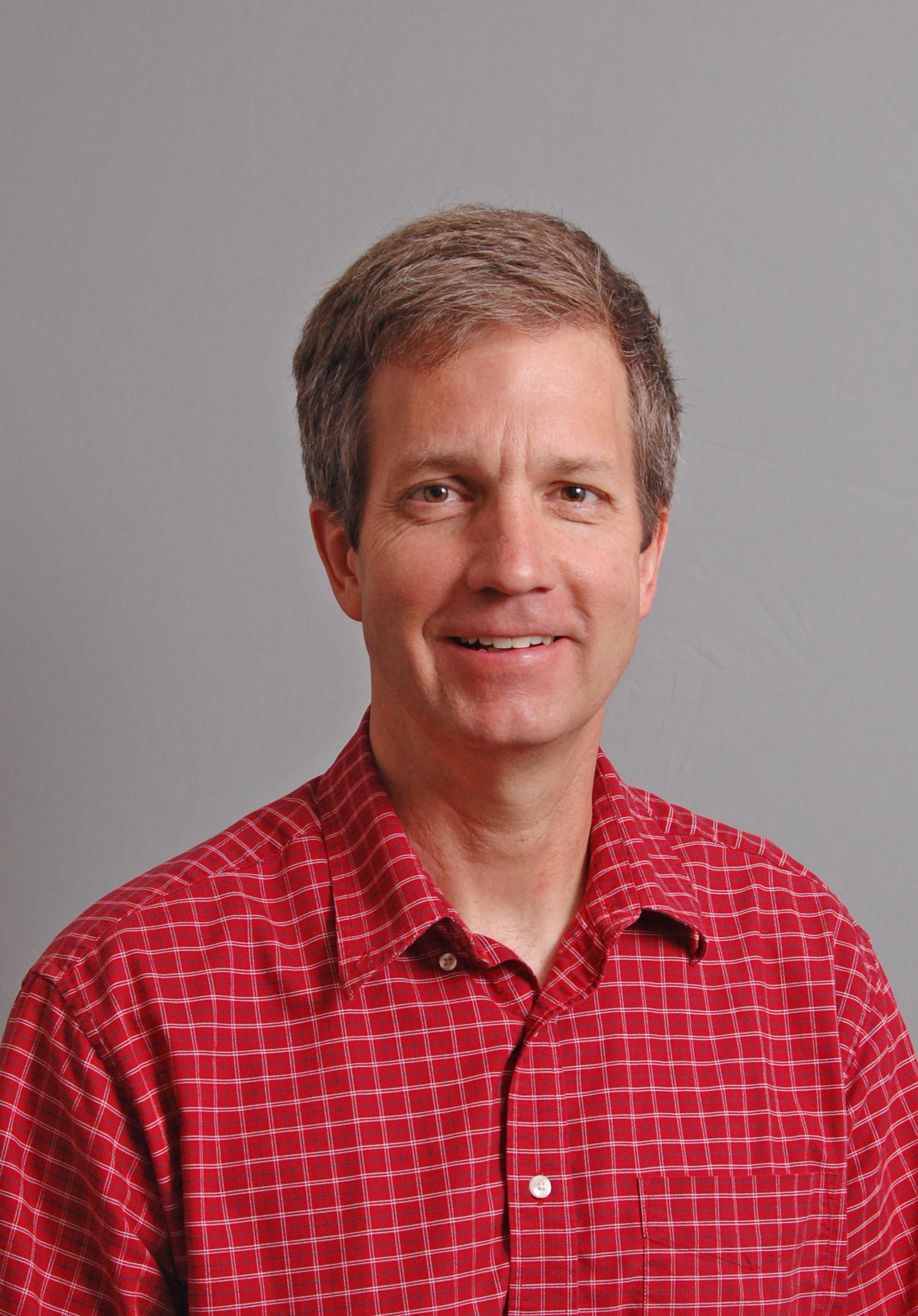ALBUQUERQUE, N.M. — Steve Plimpton, a computational scientist at Sandia National Laboratories’ Center for Computing Research, has received the IEEE Computer Society’s 2017 Sidney Fernbach Award for “high-performance computer simulation frameworks that have advanced research in materials science, chemistry, biology and other related areas.”
The citation, while accurate in scope, hardly portrays the depth of Plimpton’s contributions.
Retired Sandia computational director Bill Camp, winner of the IEEE’s 2016 Seymour Cray computer engineering award, wrote about Plimpton: “One cannot overstate the pioneering aspects of [Plimpton’s] work. He developed highly successful scalable methods in so many areas of supercomputing applications that it is hard to remember them all. He is perhaps most widely known in the science community for his work on … molecular dynamics: His LAMMPS codes and Eco-system is so successful that it is hard to believe that there was [at one time] just one person at the core of what has become a major community spanning several scientific disciplines, from materials science to chemical physics to molecular biology.”
Plimpton has played a major role in developing open source codes, including SPPARKS, for modeling materials processing at the mesoscale, and SPARTA, for modeling turbulence and flow in low-density gases. The most widely used is LAMMPS, a molecular dynamics code which has a worldwide community of thousands of users and hundreds of code contributors.

“It’s an honor to be recognized for what has been the most satisfying part of my career at Sandia: helping create software tools — applications and libraries — that other people find useful for modeling science and engineering problems,” Plimpton said. “That work has been a highly collaborative effort with lots of great scientists and software developers, many of whom are at Sandia.”
His manager, Veena Tikare, wrote: “Plimpton designs computational methods and frameworks for massively parallel computing platforms … that allows other computational scientists to easily implement their own models. … Frameworks Plimpton has designed have enabled advances in modeling and simulation by entire communities of computational scientists in biology, chemistry, materials and chemical engineering, physics and related disciplines.”
Former Sandia computational director Bruce Hendrickson called Plimpton “selfless to a fault, always giving credit to others. Because of his broad and deep technical impact, his leadership and his service, I can think of no more deserving candidate for the Fernbach Award.”
Plimpton will be formally recognized at the SC17 Conference Awards Plenary session in Denver on Nov. 14 and will present a special invited talk at a technical session on Nov. 15.
A fellow of the American Physical Society, Plimpton also has been honored with a special session at the Minerals, Metals & Materials Society annual meeting for the development of LAMMPS. He received his Ph.D. in applied and engineering physics from Cornell University in 1989.
The Fernbach award, established in 1992 in memory of high performance computing pioneer Sidney Fernbach, recognizes innovative approaches that produce outstanding high performance computing results. It is one of the highest awards of the IEEE, which has more than 423,000 members in 160 countries and according to its website is “the world’s largest technical professional organization dedicated to advancing technology for the benefit of humanity.”